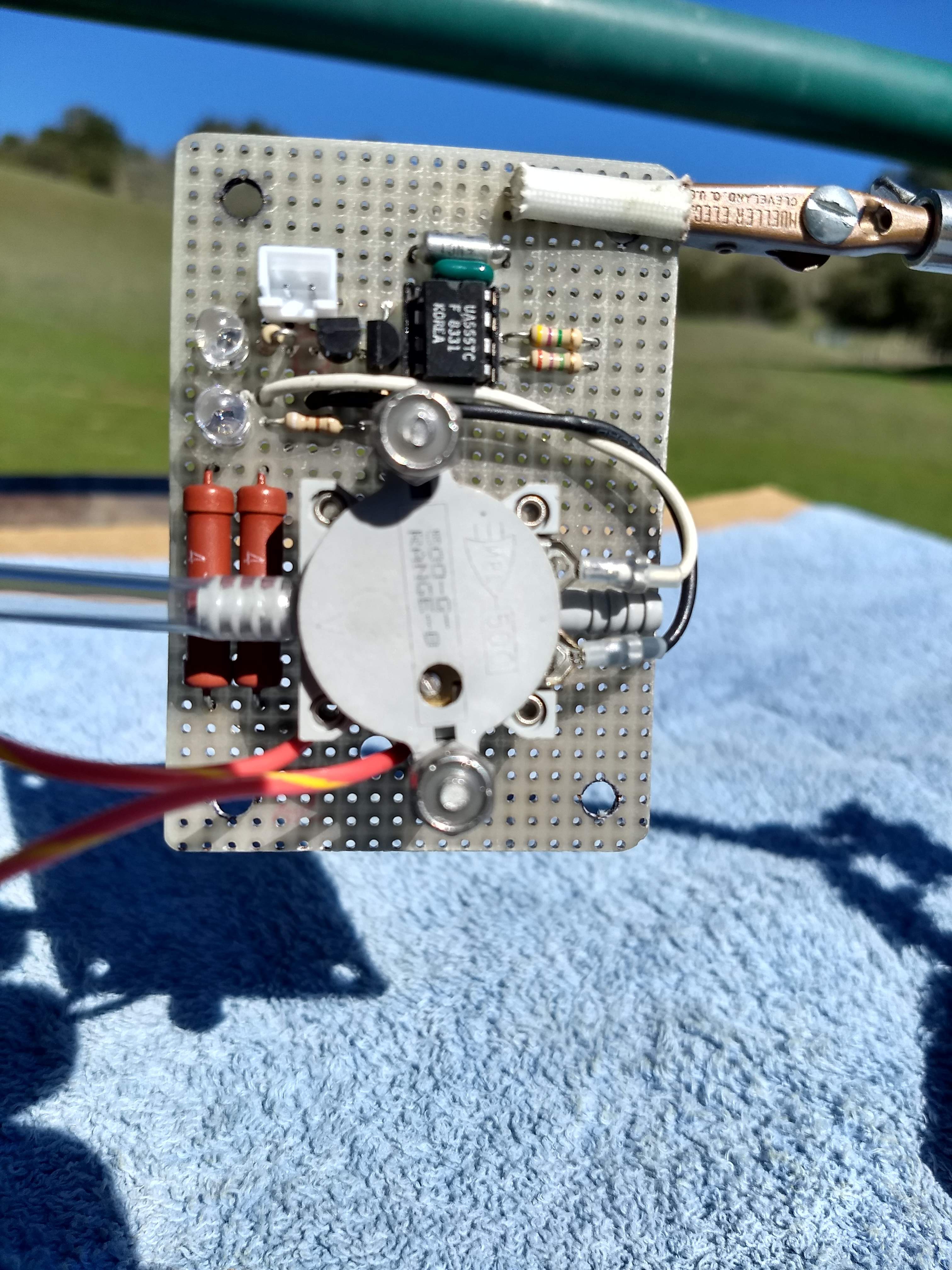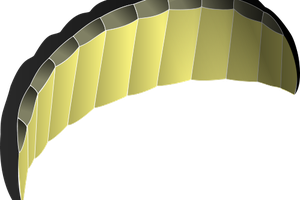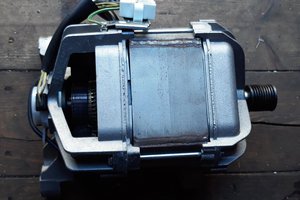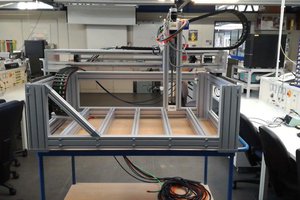What is addiction? In 2013 scientists cured cocaine-addicted lab rats by injecting waking-state brainwaves into the rat's prefrontal lobes. Rats quit self dosing. Scientists could also inject sleep-state brainwaves, and the rats would begin self-dosing again. Addiction apparently functions like a hypnotic trance. It's funny to imagine a rat losing self control. When rat's prefrontal lobes were awake, their self control worked fine. Their common sense didn't want more coke. This also gives us insight into the addict's curse. Their self control is asleep. They really can't stop partying.
Study authors suggested Transcranial Magnetic Stimulation (TMS) might revive human prefrontal brain activity. TMS uses a high power pulse generator to drive an applicator coil. Magnetic field from the applicator coil fires nearby neurons. Being a high-power pulse generator engineer who makes prototypes, I began work immediately. My objective was to develop a simple TMS package for other makers to improve upon. Here we have a TMS system buildable from cheap parts.
Meanwhile clinical TMS trials showed promise in treating humans with cocaine use disorder (CocUD).
I delivered this unit to opiate users, who live far away from me. We don't communicate regularly. Alas they kept partying. Opiate addiction is probably harder to beat than CocUD. But on a positive note, one of them suffered from crippling depression. This unit gave him relief from that.









 Alvaro Villoslada
Alvaro Villoslada
 Andy Preston
Andy Preston